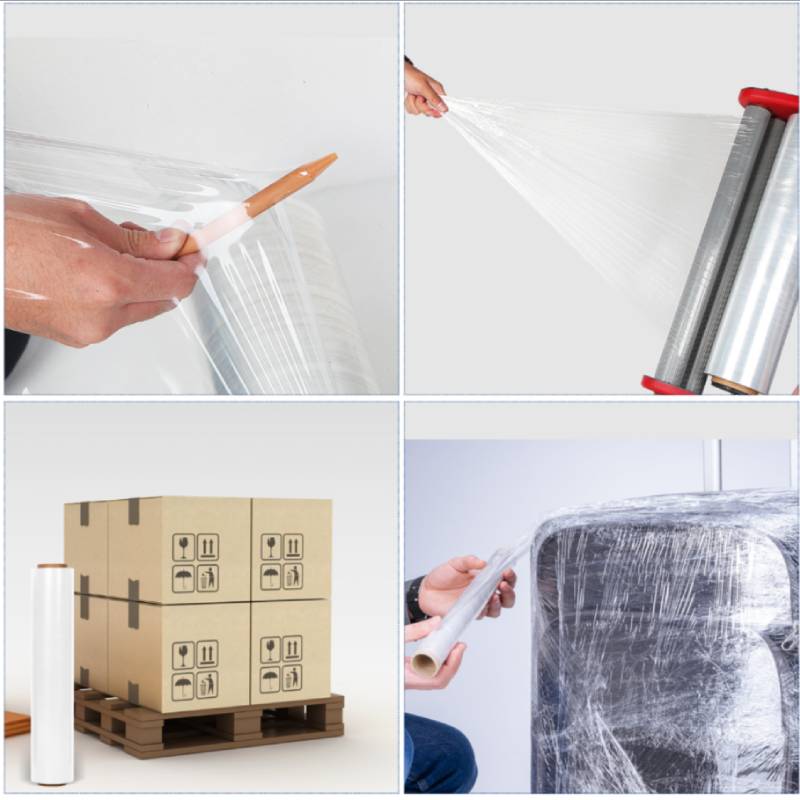Transitioning from Plastic to Paper Packaging for a Sustainable Future
Transitioning from Plastic to Paper Packaging A Sustainable Solution for the Future
In recent years, the issue of plastic pollution has gained global attention, prompting a shift towards more sustainable packaging solutions. One of the most promising alternatives to plastic is paper packaging. This transition not only addresses environmental concerns but also aligns with consumer demand for eco-friendly products. In this article, we'll explore the benefits of switching from plastic to paper packaging and the challenges that come with this vital change.
The Environmental Impact of Plastic
Plastic has become an integral part of our daily lives due to its versatility and convenience. However, its environmental footprint is staggering. Approximately 300 million tons of plastic are produced each year, and a significant portion ends up in oceans, landfills, and natural habitats. The degradation process for plastic can take hundreds of years, leading to severe consequences for wildlife and ecosystems. Marine animals are particularly vulnerable; they often mistake plastic for food, leading to injury or death. Furthermore, the production of plastic is resource-intensive, relying heavily on fossil fuels, which contributes to greenhouse gas emissions.
The Advantages of Paper Packaging
Transitioning to paper packaging offers several compelling benefits. Firstly, paper is biodegradable and recyclable, making it a more environmentally friendly option compared to plastic. When disposed of correctly, paper products break down naturally, returning to the earth without leaving harmful residues. Moreover, paper recycling technology has improved significantly, allowing a higher percentage of paper products to be repurposed into new packaging materials.
Secondly, paper packaging tends to have a lower carbon footprint than plastic. While the production of paper does involve the use of water and energy, advancements in sustainable forestry practices and processing techniques are mitigating these impacts. Companies that prioritize sustainable sourcing of paper, such as using recycled content or responsibly managed forests, can minimize their overall environmental impact dramatically.
Consumer Demand for Sustainability
plastic to paper packaging

As consumers become increasingly aware of the effects of plastic pollution, they are actively seeking out brands that prioritize sustainability. Surveys have shown that a significant portion of consumers are willing to pay a premium for eco-friendly packaging. Brands that transition to paper packaging can not only meet this consumer demand but also enhance their reputation. Companies like Coca-Cola, Unilever, and Nestlé are already making moves in this direction, pledging to reduce plastic usage and invest in sustainable packaging alternatives.
Challenges in Transitioning
Despite the numerous benefits of paper packaging, the transition from plastic is not without challenges. One major hurdle is the functionality of paper in comparison to plastic. While paper is suitable for many applications, such as boxes and bags, it may not always offer the same level of durability and moisture resistance that plastic provides. This is particularly relevant for products like food, cosmetics, and electronics, where maintaining freshness and protection is crucial.
Moreover, the supply chain must adapt to accommodate this shift. The transition from plastic to paper packaging requires significant investment in new machinery, training, and infrastructure. Additionally, the production of paper packaging must scale up to meet demand while ensuring environmental standards are upheld. This might pose a challenge for smaller businesses that lack the resources to implement such changes.
Conclusion A Path Forward
The shift from plastic to paper packaging is a vital step towards a more sustainable future, but it requires collaboration among manufacturers, retailers, and consumers. By investing in research and development for innovative paper solutions, enhancing recycling systems, and educating consumers about proper disposal methods, society can make meaningful progress in reducing plastic waste.
Ultimately, the transition from plastic to paper packaging signifies more than just a change in materials; it's a movement towards sustainable practices that protect the planet for future generations. As we continue to navigate environmental challenges, embracing such alternatives is crucial in our quest for a healthier, cleaner world. Transitioning to paper packaging may present obstacles, but the long-term benefits for the environment and society are well worth pursuing.
-
Stretch Film Solutions: A Comprehensive GuideNewsJun.03,2025
-
Stretch and Shrink Packaging SolutionsNewsJun.03,2025
-
Revolutionizing Packaging with Modern Wrapping SolutionsNewsJun.03,2025
-
Innovative Solutions for Silage and Window TintingNewsJun.03,2025
-
Efficient Packing with Stretch Wrap SolutionsNewsJun.03,2025
-
Effective Packaging with Stretch Wrap SolutionsNewsJun.03,2025
-
Have the freedom of customizing your custom mailers any way you want! Our dedicated packaging support will help deliver you the mailing experience you need to elevate your shipping experience to the next level! Start making a strong impression on your customers and stand out from your competitors! -
LIYA uses high quality raw materials which directly purchased from large enterprises domestic and overseas such as PetroChina, Sinopec, Sabic, Equate, ExxonMobil, Dow Chemical, Total, and Borouge, ensuring the price advantage and quality of the raw materials. -
LIYA uses high quality raw materials which directly purchased from large enterprises domestic and overseas such as PetroChina, Sinopec, Sabic, Equate, ExxonMobil, Dow Chemical, Total, and Borouge, ensuring the price advantage and quality of the raw materials.





